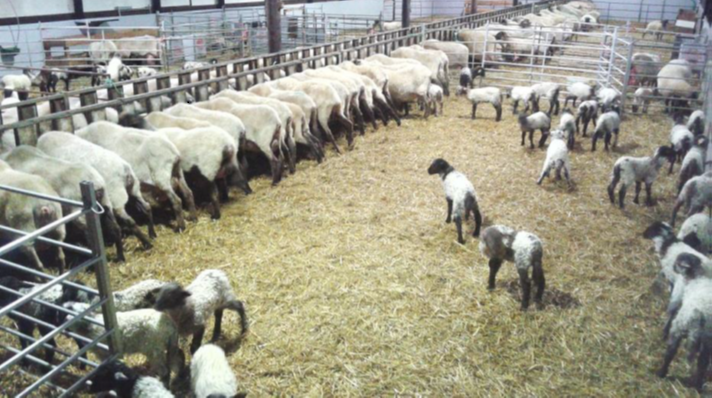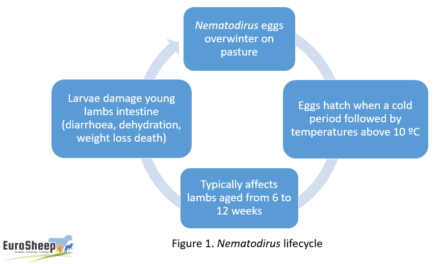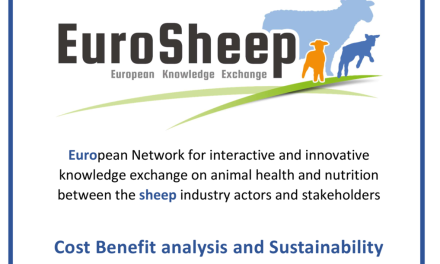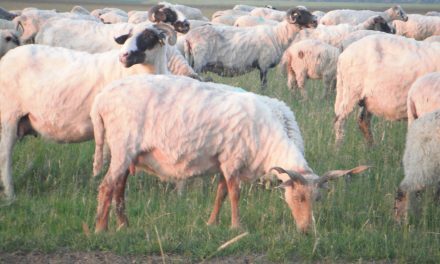This post is also available in:
![]()
![]()
![]()
![]()
|
The Challenge |
Sheep are widely recognized as a species with marked seasonality of breeding activity, showing optimal mating behaviour with decreasing photoperiod. However, there are sheep breeds that are able to mate not only in autumn, but out-of-season as well. In addition to the photoperiod, other factors influence the reproductive behaviour, such as genetics, management practices and social factors. Since the fertility achieved for spring and early summer matings is usually lower, alternative methods or additional management practices (e.g. hormonal treatments, management practices, nutrition, etc.) are required to increase the conception rate.
|
Current Knowledge |
The methods used to induce and/or synchronize the oestrus of sheep can be classified as natural (ram effect) or pharmacological. The pharmacological methods are more effective, although more expensive. As a result of oestrus synchronization, artificial insemination can be planned and implemented.
The presence of the rams can stimulate gonadotropin secretion and ovulation of ewes through chemosensory cues due to the pheromones present in the ram’s fleece. This method has been known for nearly two centuries.
In order to implement the ram effect properly, the following procedure has to be implemented:
i) keep the rams apart from the females for at least 8 weeks;
ii) the distance must be enough to avoid visual, olfactory and auditory contact between ewes and rams;
iii) sudden introduction of the rams to the flock of females;
iv) The recommended male/female ratio should be:
a. 1 male per 20 sheep for oestrus synchronization,
b. 1 male per 10 to 15 sheep for oestrus induction in season;
c. 1 male per 5 to 7 sheep for oestrus induction out of season.
The ram effect may not be effective enough with females in deep anestrus. Otherwise, the ram effect helps to advance the start of the breeding season by several weeks.
The ram effect can improve the efficacy of oestrus synchronisation or induction as well, between 19 and 25 days after the males introduction.
Prostaglandin F2α and its analogues: This method can only be used to control or manage the ovarian cycle within the breeding season, and requires the use of 2 injections of prostaglandins separated 9-10 days for optimum synchronization.
In comparative studies, prostaglandins have been shown to be less effective in synchronizing oestrus than progestagen pessaries.
The main advantage of prostaglandin treatment is the possibility of administration by intramuscular injection.
The treatment schedules for melatonin implants are shown in Table 1

Progestagen must be supplemented at the time of the removal of the sponges with a follicle stimulating treatment (usually consisting of equine chorionic gonadotropin or eCG), to induce follicular growth, oestrus (heat) and ovulation. The dose of eCG must be adapted to the breed, season, flock, age and physiological status of the animals, but usually varies from 250 to 750 IU.Progestagen: is a synthetic hormone which produces a similar effect to progesterone, but is 20 times more powerful. Progestagens can be administered by different methods, but the most useful is through intravaginal sponges and the dose depends on the product. Commercial sponges are impregnated with 20 mg of flurogestone acetate (FGA) or 60 mg of medroxyprogesterone acetate (MAP). They are inserted into the vagina with the aid of an applicator, and remain for 12-14 days. When the sponges are removed, the sheep synchronize in a similar state of the estrous cycle, most of them entering into heat within a short period of time.
Ewes begin to come into oestrus from around 24 to 48 hours after sponge removal, and the ovulation occurs around 36 and 60 hours after sponge removal.
Progestagen-based intravaginal sponge treatments are the most common hormonal technique for sheep fertility control. It can be used during the breeding and the seasonal anoestrus period.
Artificial insemination can be performed with this protocol at 55 hours after removal of the sponges.
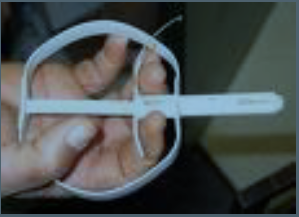
Pogesterone: can be applied by an intravaginal device constructed of a natural progesterone, 0.30 g, impregnated silicon elastomer called “CIDR”(controlled internal drug releasing dispenser).
The CIDR produces better quality oocytes and is considered to be cleaner and more hygienic, since the withdrawal of the CIDRs is not accompanied by the fluid discharge which occurs with the sponges.
The utilisation schedule is similar to the progestagen sponges, but treatments are shorter: the CIDR is inserted for 6 days, and then it is necessary to apply a single dose of prostaglandin F2α or its analogues concurrently with sponge insertion; at the time of removal, animals are administrated a dose of eCG. The response to the treatment is similar to longer-term treatments.
|
Take home messages |
– Ewe management can be natural (the ram effect) and hormonally-based
– These techniques to manage reproduction in sheep are well known, and have been used for sheep management for long periods
– Their correct and careful implementation is crucial to increase the productivity and profitability in sheep farming.
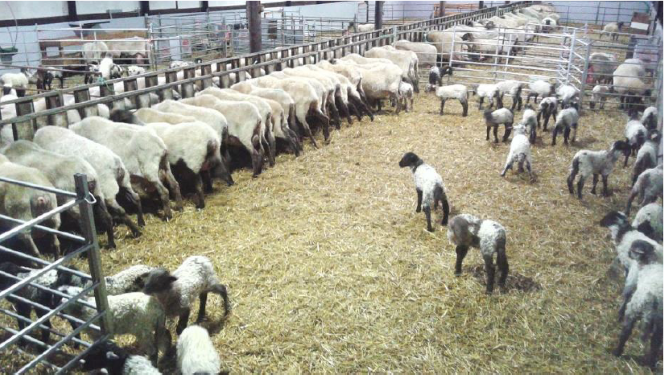
|
Contact: This briefing has been prepared by Ina Beltrán de Heredia (Neiker), WP2 for SheepNet. For further information discuss with your local coordinator of the Scientific and Technical Working Group. |

